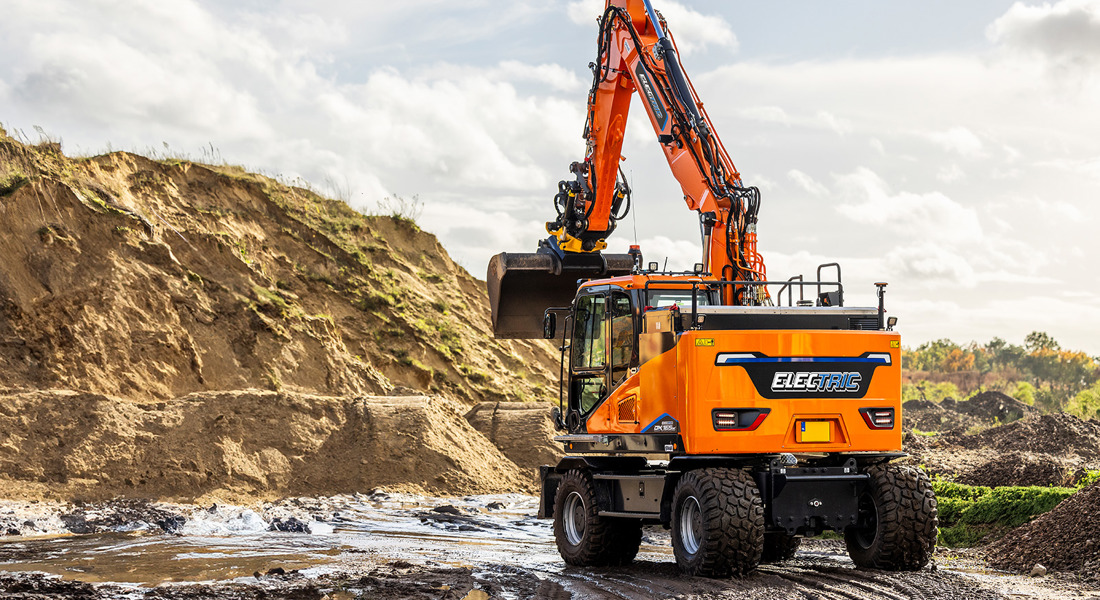This week we are going to tell you more about how temperature affects the batteries of, for example, your future electric excavator.
First of all, it is useful to know that there are many different forms of battery technology in the field of lithium. The best known two are, LFP (Lithium Iron Phosphate Battery) and NMC (Lithium Nickel Manganese Cobalt Oxide). Which you may already be familiar with from previous articles. As with everything, with two different options for one and the same application, different advantages and disadvantages can be considered and distinguished, on which a choice can be made. One factor that influences your battery is the temperature, both on the lifespan but perhaps more importantly the capacity. Why? You can read that below.
Lifespan
Each component has its own ideal temperature in which it functions best. For example, your diesel engine prefers to work around 80 to 90 degrees. As soon as it is too hot it will cool down, if it is too cold it will have to warm up first.
Of course this also works for a battery. Whether you have an LFP or an NMC battery, air-cooled or water-cooled/heated, it prefers to work at a certain temperature with an appropriate range. If it comes out of this, it will have to endure more and it will be negative for the lifespan. Why? Simply because they are not optimized to be used out of range. Where the limit value is far exceeded, there is even a risk of further safety problems.
Capacity
This may sound crazy, but the battery works better at a certain temperature. For example, the available capacity of a battery can be many tens of percent lower if the temperature is below 0, but also if it is far above the maximum working temperature of the battery. For example, tests have been done where a temperature of -20 caused a battery to release only 55% of its capacity. Furthermore, we notice a clear difference here between LFP and NMC, where LFP can handle the high temperatures better, NMC can do this better at the low temperatures. Because temperature influences the capacity, the choice of a certain battery type can already have an impact on the situation.
This also applies to loading; this is already noticeable at temperatures below 0. For example, a battery may not be able to fully charge, even though it has been charged long enough. This then affects the operating hours of the machine, something you naturally want to avoid. After all, nobody wants an unexpected mandatory 'break'.
But what can be done about it?
Depending on the application and the type of battery, there are various options. For example, air cooling is the easiest way to make cooling a battery possible, but there are also other alternatives such as water cooling, heating or a combination. In a combination, components are combined, so that (situation dependent) cooling, but also heating can be done. This ensures that a battery can always be used at its ideal temperature, regardless of Mother Nature's will. Resulting in a longer life and a longer working day.
How does that work with our battery packs?
We ensure that the batteries always perform optimally by providing both cooling and heating in the batteries so that the battery can continue to perform the same in all weather conditions. This allows them to function optimally both in 'stand alone mode' (outside a machine) and on the machine. Depending on the temperature of the battery, the system controls the heating or cooling.

Contact us. We are happy to tell you more about it!